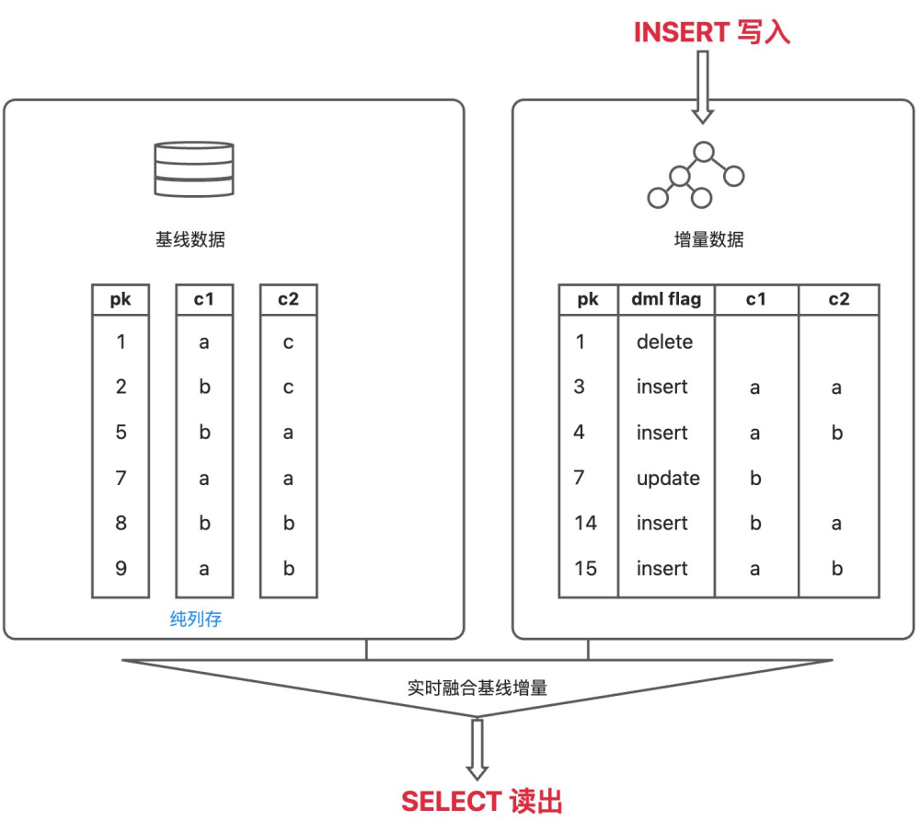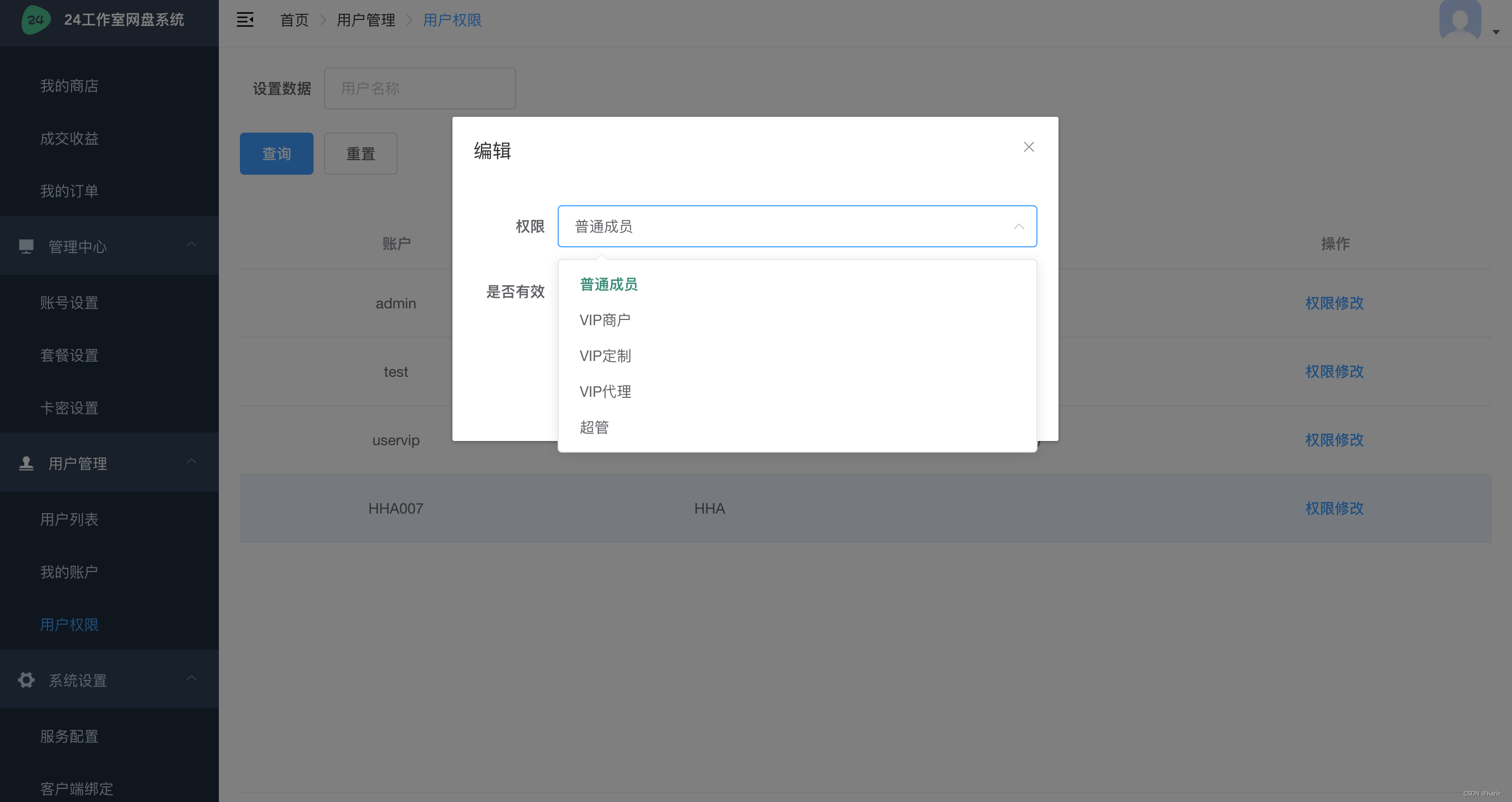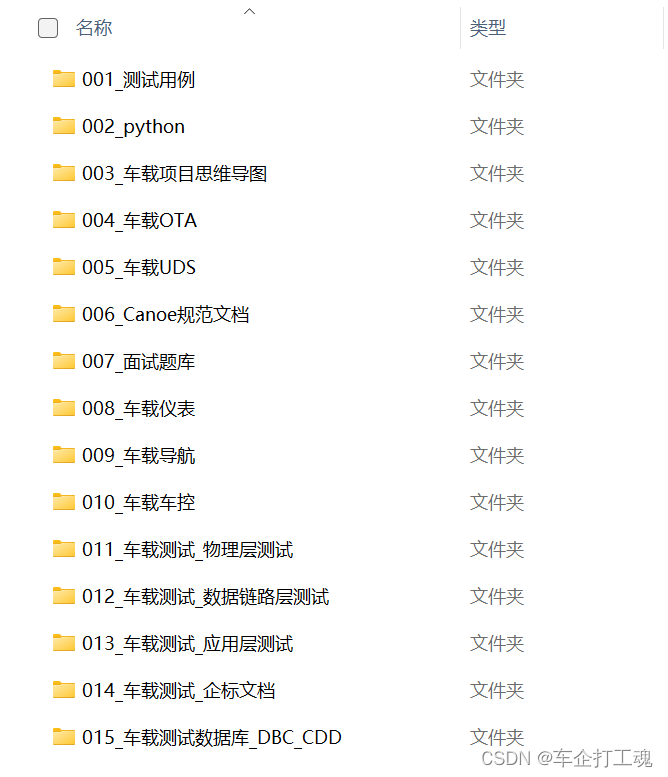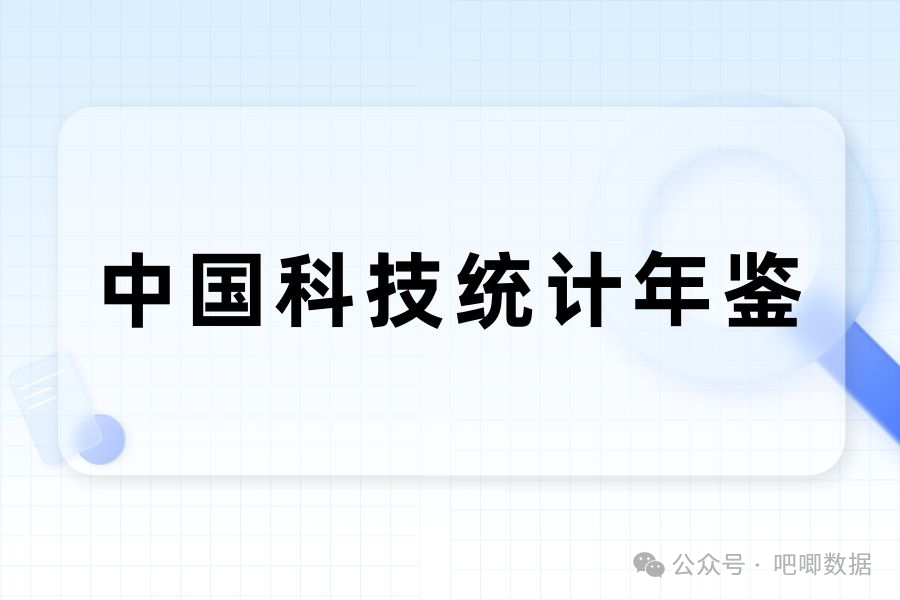TCP数据流
系统缓冲区

当收到对端数据时,操作系统会将数据存入到Socket的接收缓冲区中
操作系统层面上的缓冲区完全由操作系统操作,程序并不能直接操作它们,只能通过socket.Receive、socket.Send等方法来间接操作。当系统的接收缓冲区为空,Receive方法会被阻塞,直到里面有数据。同样地,Socket的Send方法只是把数据写入到发送缓冲区里,具体的发送过程由操作系统负责。当操作系统的发送缓冲区满了,Send方法将会阻塞
粘包半包现象
如果发送端快速发送多条数据,接收端没有及时调用Receive,那么数据便会在接收端的缓冲区中累积
解决粘包半包现象
一般有三种方法可以解决粘包和半包问题,分别是长度信息法、固定长度法和结束符号法
长度信息法
长度信息法是指在每个数据包前面加上长度信息。每次接收到数据后,先读取表示长度的字节,如果缓冲区的数据长度大于要取的字节数,则取出相应的字节,否则等待下一次数据接收。

游戏程序一般会使用16位整型数或32位整型数来存放长度信息 。16位整型数的取值范围是0~65535,32位整型数的取值范围是0~4294967295。对于大部分游戏,网络消息的长度很难超过65535字节,使用16位整型数来存放长度信息较合适

固定长度法
每次都以相同的长度发送数据,假设规定每条信息的长度都为10个字符,那么发送“Hello”“Unity”两条信息可以发送成“He llo... ”“Unity... ”,其中的“. ”表示填充字符,是为凑数,没有实际意义,只为了每次发送的数据都有固定长度。接收方每次读取10个字符,作为一条消息去处理。如果读到的字符数大于10,比如第1次读到“He llo...Un”,那它只要把前10个字节“Hello... ”抽取出来,再把后面的两个字节“Un”存起来,等到再次接收数据,拼接第二条信息。
结束符号法
规定一个结束符号,作为消息间的分隔符
实现
发送数据
//点击发送按钮public void Send(string sendStr){//组装协议byte[] bodyBytes = System.Text.Encoding.Default.GetBytes(sendStr);Int16 len = (Int16)bodyBytes.Length;byte[] lenBytes = BitConverter.GetBytes(len);byte[] sendBytes = lenBytes.Concat(bodyBytes).ToArray();//为了精简代码:使用同步Send//不考虑抛出异常socket.Send( sendBytes);}
接收数据
游戏程序一般会使用“长度信息法”处理粘包问题,核心思想是定义一个缓冲区(readBuff)和一个指示缓冲区有效数据长度变量(buffCount)。
//接收缓冲区byte[] readBuff = new byte[1024];//接收缓冲区的数据长度int buffCount = 0;
比如,readBuff中有5个字节的数据“world”(其余为byte的默认值0),那么buffCount的值应是5

因为存在粘包现象,缓冲区里面会保存尚未处理的数据。所以接收数据时不再从缓冲区开头的位置写入,而是把新数据放在有效数据之后
如果使用异步Socket, BeginReceive的参数应填成下面的样子:
socket.BeginReceive(readBuff, //缓冲区buffCount, //开始位置1024-buffCount, //最多读取多少数据0, //标志位,设成0即可ReceiveCallback, //回调函数socket); //状态
在收到数据后,程序需要更新buffCount,以使下一次接收数据时,写入到缓冲区有效数据的末尾
public void ReceiveCallback(IAsyncResult ar){Socket socket = (Socket) ar.AsyncState;//获取接收数据长度int count = socket.EndReceive(ar);buffCount+=count;……}处理数据
收到数据后,如果缓冲区的数据足够长,超过1条消息的长度,就把消息提取出来处理。如果数据长度不够,不去处理它,等待下一次接收数据。
public void OnReceiveData(){//消息长度if(buffCount <= 2)return;Int16 bodyLength = BitConverter.ToInt16(readBuff, 0);//消息体if(buffCount < 2+bodyLength)return;string s = System.Text.Encoding.UTF8.GetString(readBuff, 2, buffCount);//s是消息内容//更新缓冲区int start = 2 + bodyLength;int count = buffCount - start;Array.Copy(readBuff, start, readBuff, 0, count);buffCount -= start;//继续读取消息if(readBuff.length > 2){OnReceiveData();}}读取出的缓冲区数据已经没有用了,需要删除它。一个直观的办法是将缓冲区后面的数据向前移位
移动缓冲区数据可使用Array.Copy方法,它的原型如下:
public static void Copy(Array sourceArray,long sourceIndex,Array destinationArray,long destinationIndex,long length)sourceArray代表源数组,destinationArray代表目标数据,sourceIndex代表源数组的起始位置,destinationIndex代表目标数组的起始位置,length代表要复制的消息的长度。
public void OnReceiveData(){//处理一条消息(略)//更新缓冲区int start = 2 + bodyLength;int count = buffCount - start;Array.Copy(readBuff, start, readBuff, 0, count);buffCount -= start;//如果有更多消息,就处理它}完整示例
using System.Collections;using System.Collections.Generic;using UnityEngine;using System.Net.Sockets;using UnityEngine.UI;using System;using System.Linq;public class Echo : MonoBehaviour {//定义套接字Socket socket;//UGUIpublic InputField InputFeld;public Text text;//接收缓冲区byte[] readBuff = new byte[1024];//接收缓冲区的数据长度int buffCount = 0;//显示文字string recvStr = "";//点击连接按钮public void Connection(){//Socketsocket = new Socket(AddressFamily.InterNetwork,SocketType.Stream, ProtocolType.Tcp);//为了精简代码:使用同步Connect//不考虑抛出异常socket.Connect("127.0.0.1", 8888);socket.BeginReceive( readBuff, buffCount, 1024-buffCount, 0,ReceiveCallback, socket);}//Receive回调public void ReceiveCallback(IAsyncResult ar){try {Socket socket = (Socket) ar.AsyncState;//获取接收数据长度int count = socket.EndReceive(ar);buffCount+=count;//处理二进制消息OnReceiveData();//继续接收数据socket.BeginReceive( readBuff, buffCount, 1024-buffCount, 0,ReceiveCallback, socket);}catch (SocketException ex){Debug.Log("Socket Receive fail" + ex.ToString());}}public void OnReceiveData(){Debug.Log("[Recv 1] buffCount=" +buffCount);Debug.Log("[Recv 2] readbuff=" + BitConverter.ToString(readBuff));//消息长度if(buffCount <= 2)return;Int16 bodyLength = BitConverter.ToInt16(readBuff, 0);Debug.Log("[Recv 3] bodyLength=" +bodyLength);//消息体if(buffCount < 2+bodyLength)return;string s = System.Text.Encoding.UTF8.GetString(readBuff, 2, buffCount);Debug.Log("[Recv 4] s=" +s);//更新缓冲区int start = 2 + bodyLength;int count = buffCount - start;Array.Copy(readBuff, start, readBuff, 0, count);buffCount -= start;Debug.Log("[Recv 5] buffCount=" +buffCount);//消息处理recvStr = s + "\n" + recvStr;//继续读取消息OnReceiveData();}//点击发送按钮public void Send(){string sendStr = InputFeld.text;//组装协议byte[] bodyBytes = System.Text.Encoding.Default.GetBytes(sendStr);Int16 len = (Int16)bodyBytes.Length;byte[] lenBytes = BitConverter.GetBytes(len);byte[] sendBytes = lenBytes.Concat(bodyBytes).ToArray();//为了精简代码:使用同步Send//不考虑抛出异常socket.Send(sendBytes);Debug.Log("[Send]" + BitConverter.ToString(sendBytes));}public void Update(){text.text = recvStr;}}- 使用buffCount记录缓冲区的数据长度,使缓冲区可以保存多条数据;
- 接收数据(BeginReceive)的起点改为buffCount,由于缓冲区总长度为1024,所以最大能接收的数据长度变成了1024-buffCount;
- 通过OnReceiveData处理消息
- 给发送的消息添加长度信息。
大端小端问题
下面是经过简化的BitConverter.ToInt16源码,其中的IsLittleEndian代表这台计算机是大端编码还是小端编码,不同的计算机编码方式会有不同。
public static short ToInt16(byte[] value, int startIndex) {if( startIndex % 2 == 0) { // data is alignedreturn *((short *) pbyte);}else {if( IsLittleEndian) {return (short)((*pbyte) | (*(pbyte + 1) << 8)) ;}else {return (short)((*pbyte << 8) | (*(pbyte + 1)));}}完整发送数据

如何解决发送不完整问题
要让数据能够发送完整,需要在发送前将数据保存起来;如果发送不完整,在Send回调函数中继续发送数据,示意代码如下。
//定义发送缓冲区byte[] sendBytes = new byte[1024];//缓冲区偏移值int readIdx = 0;//缓冲区剩余长度int length = 0;//点击发送按钮public void Send(){sendBytes = 要发送的数据;length = sendBytes.Length; //数据长度readIdx = 0;socket.BeginSend(sendBytes, 0, length, 0, SendCallback, socket);}//Send回调public void SendCallback(IAsyncResult ar){//获取stateSocket socket = (Socket) ar.AsyncState;//EndSend的处理int count = socket.EndSend(ar);readIdx + =count;length -= count;//继续发送if(length > 0){socket.BeginSend(sendBytes,readIdx, length, 0, SendCallback, socket);}} socket.BeginSend(sendBytes, //发送缓冲区readIdx, //从索引为6的数据开始发送length, //因为缓冲区只剩下4个数据,最多发送4个数据0, //标志位,设置为0即可SendCallback, //回调函数socket); //传给回调函数的对象上面的方案解决了一半问题,因为调用BeginSend之后,可能要隔一段时间才会调用回调函数,如果玩家在SendCallback被调用之前再次点击发送按钮,按照前面的写法,会重置readIdx和length, SendCallback也就不可能正确工作了。为此我们设计了加强版的发送缓冲区,叫作写入队列(writeQueue),它的结构如图

图展示了一个包含三个缓冲区的写入队列,当玩家点击发送按钮时,数据会被写入队列的末尾,比如一开始发送“08hellolpy”,那么就在队列里添加一个缓冲区,这个缓冲区和本节前面介绍的缓冲区一样,包含一个bytes数组,以及指向缓冲区开始位置的readIdx、缓冲区剩余长度的length。Send方法会做这样的处理,示意代码如下:
public void Send() {sendBytes = 要发送的数据;writeQueue.Enqueue(ba); //假设ba封装了readbuff、readIdx、length等数据if(writeQueue只有一条数据){socket.BeginSend(参数略);}}public void SendCallback(IAsyncResult ar){count = socket.EndSend(ar);ByteArray ba = writeQueue.First(); //ByteArray后面再介绍ba.readIdx+=count; //length的处理略if(发送不完整){取出第一条数据,再次发送}else if(发送完整,且writeQueue还有数据){删除第一条数据取出第二条数据,如有,发送}}ByteArray 和 Queue
ByteArray是封装byte[]、readIdx和length的类,可以这样定义它(添加文件ByteArray.cs):
using System;public class ByteArray {//缓冲区public byte[] bytes;//读写位置public int readIdx = 0;public int writeIdx = 0;//数据长度public int length { get { return writeIdx-readIdx; }}//构造函数public ByteArray(byte[] defaultBytes){bytes = defaultBytes;readIdx = 0;writeIdx = defaultBytes.Length;}}
byte[] sendBytes = new byte[]{'0', '3', 'c', 'a', 't'};ByteArray ba = new ByteArray(sendBytes);socket.BeginSend(ba.bytes, ba.readIdx, ba.length, 0, SendCallback, socket);Queue
Queue<ByteArray> writeQueue = new Queue<ByteArray>();ByteArray ba = new ByteArray(sendBytes);writeQueue.Enqueue(ba); //将ba放入队列ByteArray ba2 = writeQueue.First(); //获取writeQueue的第一个元素,队列保持不变be2 = writeQueue.Dequeue(); //弹出队列的第一个元素Enqueue代表把元素放入到队列中,该元素会放到队列的末尾;Dequeue代表出列,队列的第一个元素被弹出来;First代表获取队列的第一个元素
解决线程冲突
由异步的机制可以知道,BeginSend和回调函数往往执行于不同的线程,如果多个线程同时操作writeQueue,有可能引发些问题。
玩家连续点击两次发送按钮,假如运气特别差,第二次发送时,第一次发送的回调函数刚好被调用。如果线程1的Send刚好走到writeQueue.Enqueue(ba)这一行(t2时刻),按理说writeQueue.Count应为2,不应该进入if(writeQueue.Count == 1)的真分支去发送数据(因为此时writeQueue.Count== 2)。但假如在条件判断之前,回调线程刚好执行了writeQueue.Dequeue()(t3时刻),由于writeQueue里只有1个元素,在t4时刻主线程判断if(writeQueue.Count == 1)时,条件成立,会发送数据。但SendCallback中ba = writeQueue.First()也会获取到队列的第一条数据,也会把它发送出去。第二次发送的数据将会被发送两次,显然不是我们需要的。

为了避免线程竞争,可以通过加锁(lock)的方式处理。当两个线程争夺一个锁的时候,一个线程等待,被阻止的那个锁变为可用
//发送缓冲区Queue<ByteArray> writeQueue = new Queue<ByteArray>();//点击发送按钮public void Send(){//拼接字节,省略组装sendBytes的代码byte[] sendBytes = 要发送的数据;ByteArray ba = new ByteArray(sendBytes);int count = 0;lock(writeQueue){writeQueue.Enqueue(ba);count = writeQueue.Count;}//sendif(count == 1){socket.BeginSend(sendBytes, 0, sendBytes.Length,0, SendCallback, socket);}Debug.Log("[Send]" + BitConverter.ToString(sendBytes));}//Send回调public void SendCallback(IAsyncResult ar){//获取state、EndSend的处理Socket socket = (Socket) ar.AsyncState;int count = socket.EndSend(ar);ByteArray ba;lock(writeQueue){ba = writeQueue.First();}ba.readIdx+=count;if(count == ba.length){lock(writeQueue){writeQueue.Dequeue();ba = writeQueue.First();}}if(ba ! = null){socket.BeginSend(ba.bytes, ba.readIdx, ba.length,0, SendCallback, socket);}}以上代码把临界区设计得很小,拥有较高的执行效率。
参考书籍:《Unity3D网络游戏实战(第2版)》 (豆瓣) (douban.com)



















